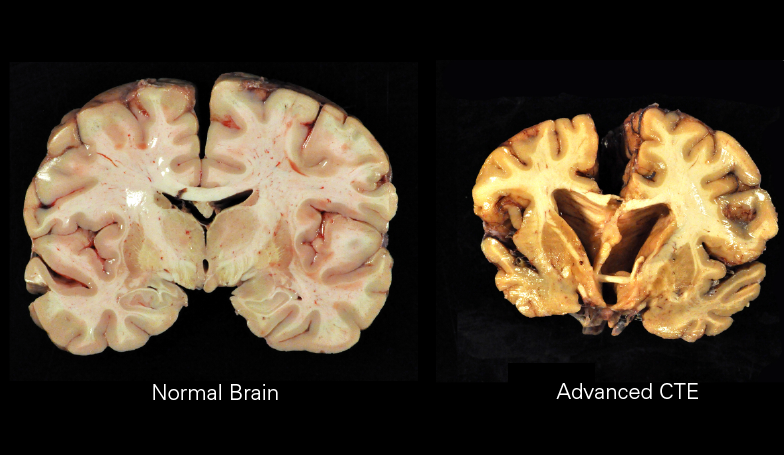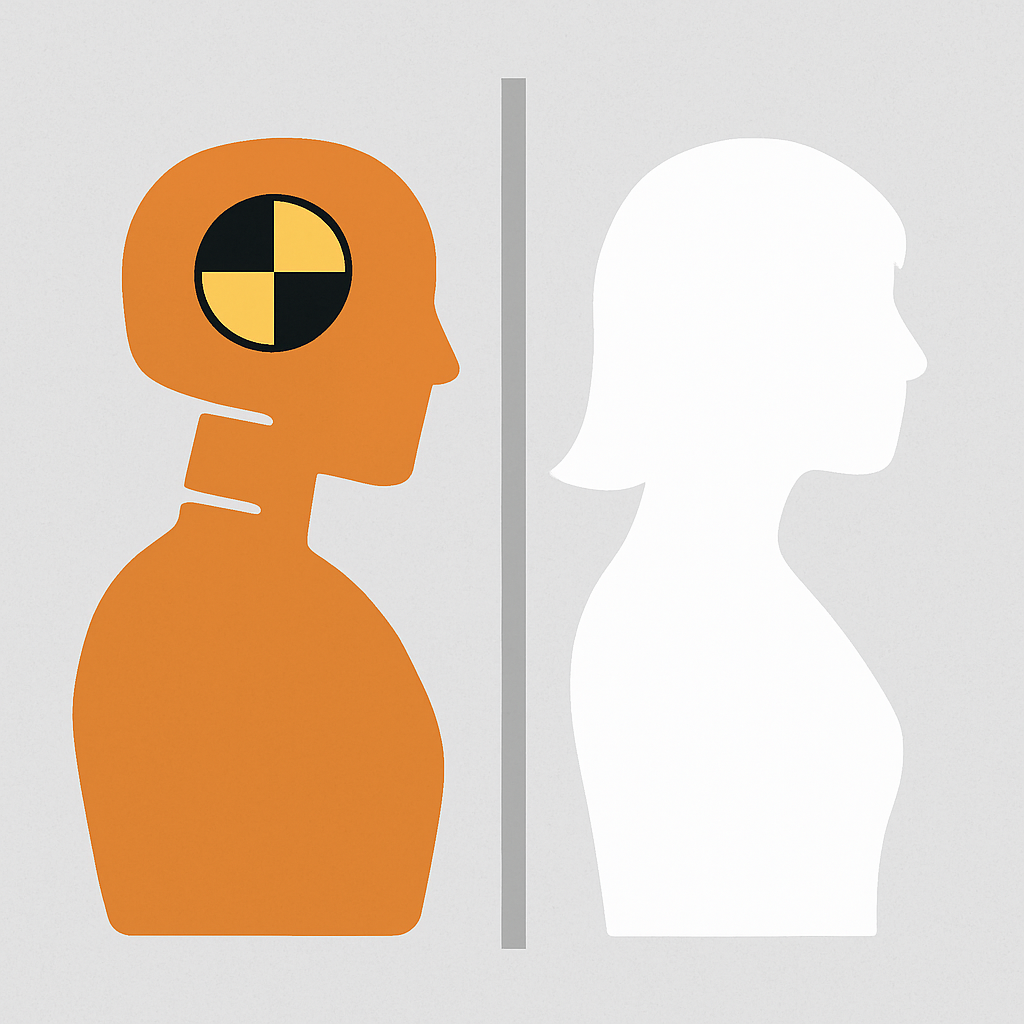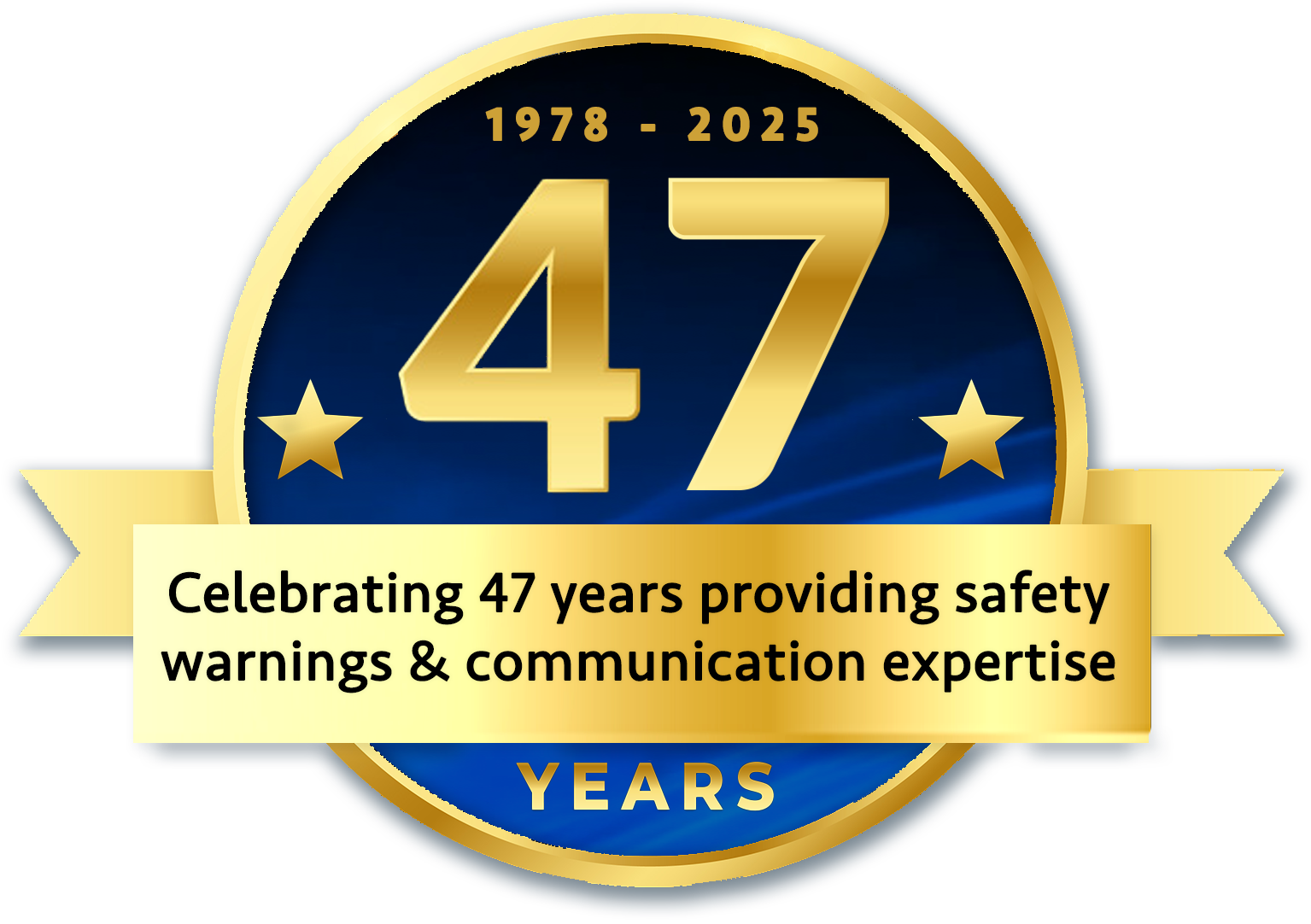SCREEN TIME IN THE AGE OF COVID: ARE WE HURTING OUR VISION?

During the last two years when many of us were working at home along with our children whose schools had instantly shifted to in-home instruction, we suddenly found ourselves looking at all kinds of screens for an average of almost 8 hours a day. Whether it was a computer, smartphone, tablet, television or some other electronic device, our eyes were glued to more and more screens, sometimes to two or more at the same time. One national survey recently reported that 67% of Americans use two or more devices at the same time, which I call "digital juggling" and which, due to our heavy reliance on screens for work, school, entertainment and everyday activities, has created a set of symptoms known as "digital eyestrain"(DES), a condition affecting over 60% of Americans today, which presents itself with blurry vision, eyestrain, dry eye, or at a more serious level with macular degeneration, cataracts and even sleep issues.
You may be familiar with the news stories about possible damage from the blue light emitted through the screens of our electronic devices. First of all, you may be asking: what exactly is blue light and how can it harm my eyes or vision? Simply put, blue light is one of several colors in the visible light spectrum, along with red, orange, yellow, green, blue, indigo and violet. Together, they make up the white light that we see when the sun--the main source of blue light--is shining. Fluorescent and LED (light-emitting diode) light bulbs also give off blue light. Each color in the visible light spectrum has a different wavelength and energy level. Blue light has shorter wavelengths and higher energy levels than other colors. Some research shows a link between eye damage and short-wave blue light with wavelengths between 415 and 455 nanometers. That's where the link to our devices may be of some concern, since most of the light from the LEDs used in our electronics (especially smartphones, TVs and tablets) has wavelengths between 400 and 490 nanometers. While more research is definitely needed, some studies have shown that blue light from digital screens can affect at least half of us, mostly resulting in dry eyes, blurred vision and eyestrain.
However, blue light may also damage your retinas. That's called phototoxicity, and the amount of damage is related to the wavelength and exposure time. Animal studies show that even short exposure (a few minutes to a few hours) may be harmful. A filter that cuts 94% of blue light has been shown to lessen damage, however there is evidence that blue light could lead to permanent vision changes. Almost all blue light passes straight through to the back of your retina. Some research has shown blue light may increase the risk of macular degeneration, a disease of the retina. Research shows blue light exposure may lead to age-related macular degeneration (AMD). One study found that blue light triggered the release of toxic molecules in photoreceptor cells causing damage that may lead to AMD.
Screen time, especially at night, has also been linked to poor sleep. The blue light from electronic devices messes with your circadian rhythm, or sleep cycle. It signals your brain to wake up when it should be winding down. In one study, as little as 2 hours of exposure to blue light at night slowed or stopped release of the sleep hormone melatonin. Powering down your digital devices at least 3 hours before bedtime can help, especially with your children, whose eyes don't filter blue light as well as adults do, additionally raising their chances of developing obesity, nearsightedness and attention focusing issues. Nighttime exposure to blue light has also, in animal studies, been linked to depressive symptoms.
Despite the need for more research that can help us definitively address the potential damage that blue light can cause to our eyes, many news sources, health-and vision-related websites, and health organizations suggest a causal link between blue light exposure and retina damage. This has led to an interest in "blue blockers," which are special eyeglass lenses that filter out blue light in the same way UV lenses block ultraviolet light. Manufacturers of these lenses often make bold claims about using blue blockers to prevent retina damage, sometimes quoting studies that examined the effect of blue light on cellular eye tissue. However, a National Institutes of Health analysis of blue blockers research found NO SOLID EVIDENCE that these lenses improve vision or preserve retinal health.
Still, too much time with digital devices can cause problems. Digital eyestrain often leads to dry eyes and puts an extra burden on the muscles that help the eye focus, leading to blurred vision. Also, the eyes do not blink as frequently when looking at digital devices, which causes faster disruption and evaporation of the film of tears that protects the surface of the eyes, leading to minor eye irritations such as burning and stinging.
So, what can we do, especially now that our children are back in school and many of us are back in our offices, to maintain more comfortable vision and healthier eyes while using digital devices:
- Take frequent breaks while using digital devices. Use the 20/20/20 rule: For every 20 minutes of usage, look away for 20 seconds and focus on something (e.g., a soothing painting) 20 feet away.
- Use artificial tears or lubricant drops to relieve symptoms of dryness.
- Reduce overhead lighting to minimize screen glare.
- Keep your eyes an arm's distance away from the screen.
- Increase the text size on devices to see screen content more easily.
- Adjust the contrast on the screen so that the screen itself isn't too bright.
While the above tips may be helpful, they are more like putting a bandaid on a sore or a wound. To address the underlying problem, we must significantly reduce the amount of screen time we commit to all of our devices. As Matthew Broderick said at the end of the classic film, War Games, "The only way to win (avoid nuclear war, in the film) is not to play!"
Check out my latest podcast "EXPOSED! An Exclusive Look Behind the Curtain of Corporate Greed"
Check out my book "Murder, Inc.: How Unregulated Industry Kills or Injures Thousands of Americans Every Year...And What You Can Do About It". Available in Hardcover, Paperback, Kindle & Audiobook on Amazon now.














